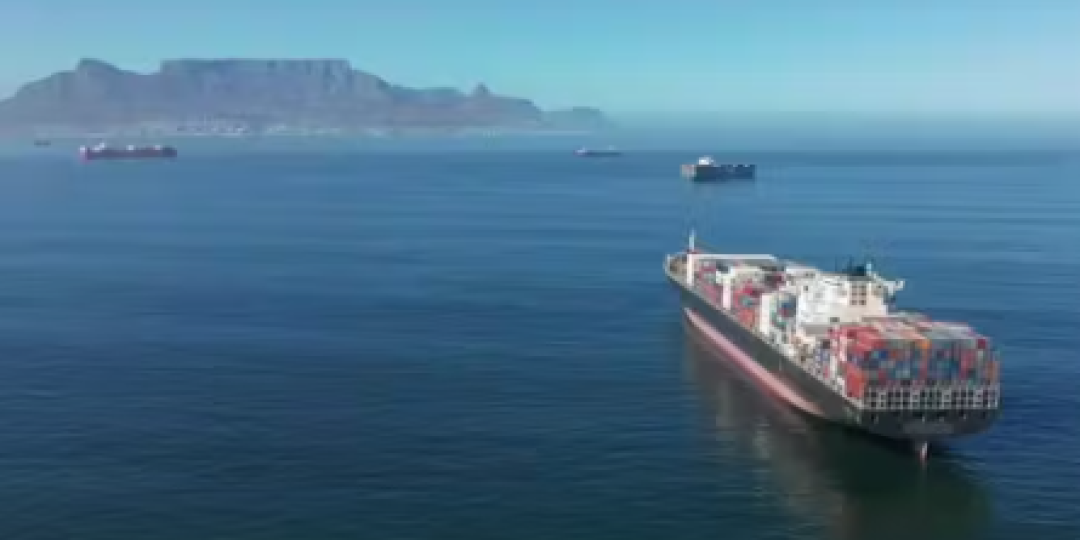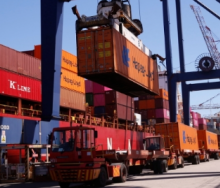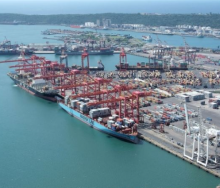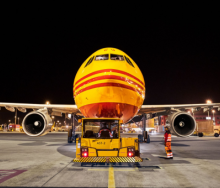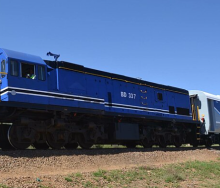Maritime traffic around the Cape Peninsula continues to bear the brunt of fierce weather coming in from the south-west and battering the coastline, especially further north of Table Bay, where marine protective efforts are under way to contain an oil spill at Doringbaai in an ecologically sensitive area.
This after the grounded bulk carrier, MV Ultra Galaxy, started breaking up in heavy surf as an American salvaging company, Resolve Marine, earlier this month started work on pumping oil from the tilted vessel.
Ongoing inclement conditions currently being experienced in the Atlantic along South Africa's coast are also contributing to slowed sailing around the Cape, impacting east-west rotations already delayed because of diversions away from the Suez Canal.
Vessel traffic challenges related to rough seas come at a time when liner traffic continues to prefer the longer EU-Asia route around the Cape as opposed to the much shorter leg through the Suez.
Recent reports indicate that vessel traffic in the Cape has more than doubled, reflecting a staggering increase of 125% in the last six months.
As of late January, the number of vessels passing daily around the Cape of Good Hope reached 85, compared to an average of 40 vessels during the same period last year.
This shift has resulted in a substantial increase in trade volume, with reports indicating that the daily volume has risen to approximately 7.2 million tonnes, up 75% from the previous year.
Weather impacts on the Cape Coast add to the longer route dynamics of avoiding risk associated with the Red Sea and Gulf of Aden, disrupting supply chains and resulting in cost increases, while market re-calibration has become a daily occurrence.
Several sources in the US and Europe have reported that since storms lashed the Cape Coast in early July, container vessels and bulk carriers, in particular, are cautioned about bad weather as no vessel has had an incident-free voyage around the Cape since July 8.
